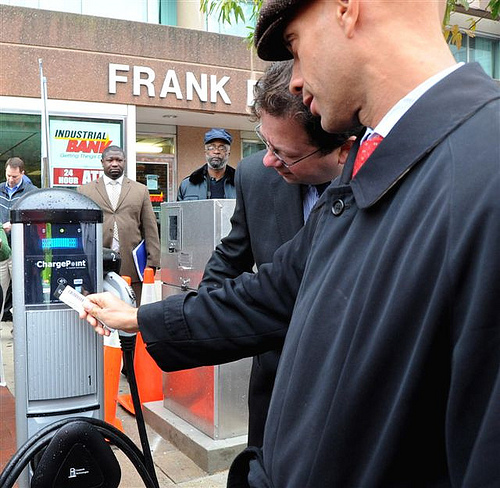Since the moment the first contactless payments were made possible, their popularity among shoppers and merchants from all over the world has done nothing but increase. In the United Kingdom alone, more than one million contactless payments are processed every month, and figures are also high in other countries that are known for their leading position in their application of new technologies. This is the case of Hong Kong, where contactless payments were first applied in 1997 to the public transportation system with the Octopus card. Contactless payments were very well received by the public in Hong Kong, and nowadays approximately 95 percent of the local population uses their contactless card to pay for public transport.
However, contactless payments are not the exclusive domain of the transportation industry. There are many types of businesses in Hong Kong that can benefit from them, as you will see below.
Retailers
In November 2012, Heng Seng Bank rolled out a nationwide program that allowed its customers to make contactless payments at hundreds of retailers via NFC-enabled mobile phones. One of the main benefits of using this type of payment in retail premises is that it allows them to process a higher number of transactions, especially when compared to cash transactions. E-coupons, promotions, and loyalty cards can also be handled via contactless applications, which means that shoppers are more likely to go ahead with a purchase instead of turning back because they were not able to find a coupon or voucher.


Contactless Payment by DDOTDC, on Flickr. This work is licensed under a Creative Commons Attribution-NonCommercial 4.0 International License.
Private Transportation
Since June 2011, Hong Kong residents have been able to pay for their taxi fares using contactless payments. This is the result of a joint initiative between Dah Sing Bank, Autotoll and Visa, and the program is known as Auto Taxi. Auto Taxi operates using the VISA PayWave system, and is particularly popular among travellers who use taxis for long distance journeys, as they are no longer required to carry large amounts of cash on them. From the driver’s point of view, contactless payments offer an added level of convenience and security, as there is no cash that can be stolen and there is no need to carry change.
Fast Food Outlets and Restaurants
Fast food outlets were created to satisfy the demand for quick and efficient service. However, in some cases the speed at which orders are placed and delivered can be offset by how long it takes to process a payment. Customers fumbling for change or problems with credit and debit cards are by no means uncommon, so implementing touch-and-go or contactless payments can speed things up considerably. Increasingly numbers of customers demand not only fast food, but also fast service and short transaction times, so contactless payment systems can help deliver this level of expectation. The same applies to restaurants, which can improve their reputation and revenue using contactless payments as customers will no longer be kept waiting for their cash or card payment to be processed, particularly during the busiest times of the day.
If the global trends concerning the growth of contactless payments are anything to go by, business owners in Hong Kong can expect to see a surge in the demand for this type of payment processing technology. One thing is almost certain: those who don’t adopt the technology may find themselves being left behind in the payment card market sooner rather than later. Given their advantages, contactless payments are the way to go for business owners in Hong Kong, regardless of the industry in which they operate.
